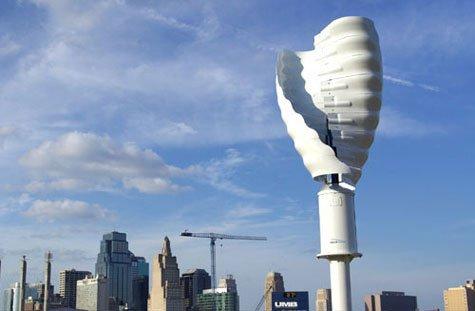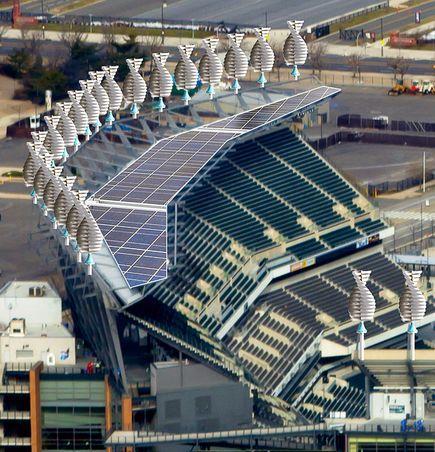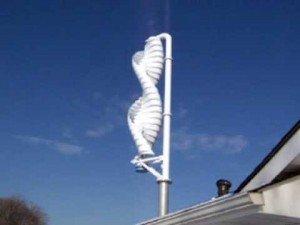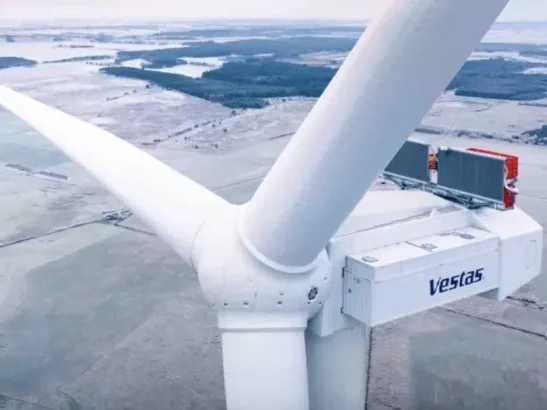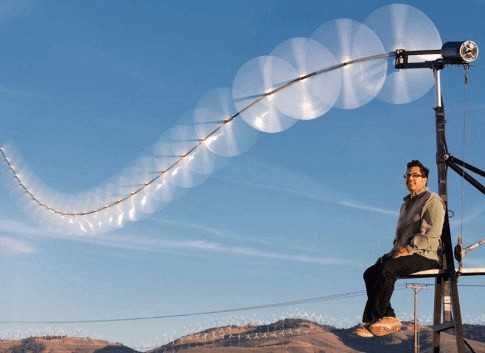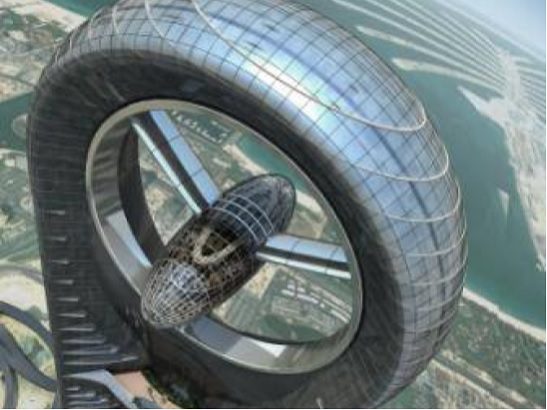No one would deny that San Diego-based Helix Wind’s Vertical Axis Wind Turbines (VAWTs) were captivating to watch in motion. Both their corkscrew motion and their efficiency in terms of space taken compared to conventional wind turbines caught everyone’s attention five years ago.
However, in May of this year, Helix Wind was forced to auction off all its assets. Another vertical wind turbine company, Sauer Energy another VAWT company, based in California, purchased all that remained of Helix that same day— for just a fraction of the cost. The company has announced plans to operate the brand as a new division. Dieter Sauer, the company’s chief executive, said his firm was interested in acquiring Helix’s unique turbine designs along with the proprietary monitoring software. Sauer Energy has been designing its own small VAWT named the WindCharger.
The founder of Helix Wind, Kenneth Morgan, pictured above with a VAWT, split from Helix Wind on bad terms, but has now started his own new company, Venger Wind and has caught some of Helix Wind’s contracts, including a high-profile installation atop the Philadelphia Eagles’ NFL stadium.
However, with the collapse of Helix Wind, some wind industry movers and shakers, including the influential small wind consultant and author, Paul Gipe, have moved in to pronounce the VAWT dead in the water. Gipe and others claim that VAWTs are inherently inefficient when compared to the tried and tested horizontal turbines.
Small wind turbine builder and author Ian Woofenden said
“Why do we keep repeating the same mistakes? No vertical axis company has survived in the marketplace for any length of time. All long-term successful wind-electric manufacturers use horizontal axis designs. This is because they work.”
Both the Helix Wind VAWT and Sauer’s WindCharger are known as “Savonius-style” vertical axis turbines. This is after Sigurd J. Savonius, the Finnish engineer and inventor who proposed the form in 1922, with scoops, or aerofoils, arranged around a vertical shaft, turned by the wind.
Both Gipe and Woofenden have also said that, contrary to VAWT marketing information, there is no scientific evidence that they are any safer for birds or bats. In any event, the adverse effect of conventional wind turbines on birds and bats is so minute, compared to other man-made structures, that it’s just not worth doing any comparison.
Although VATWs have a low cut-in speed as compared to horizontal turbines, turbulence robs the wind of recoverable energy and there is very little harvestable energy in low wind speeds because energy increases with wind velocity. VATWs on domestic rooftops rarely hits the spot because the wind resource there is usually much poorer than in open country sites.
However, Venger Wind begs to disagree. Kenneth Morgan said that he expects that customers could see a payback in five to ten years if they have sufficient wind. Morgan’s engineers are adding computer-driven active controls to increase efficiency, something the Helix design lacked.
What will be the fate of Venger Wind and the future of the VAWT? Time will tell- watch this space!

